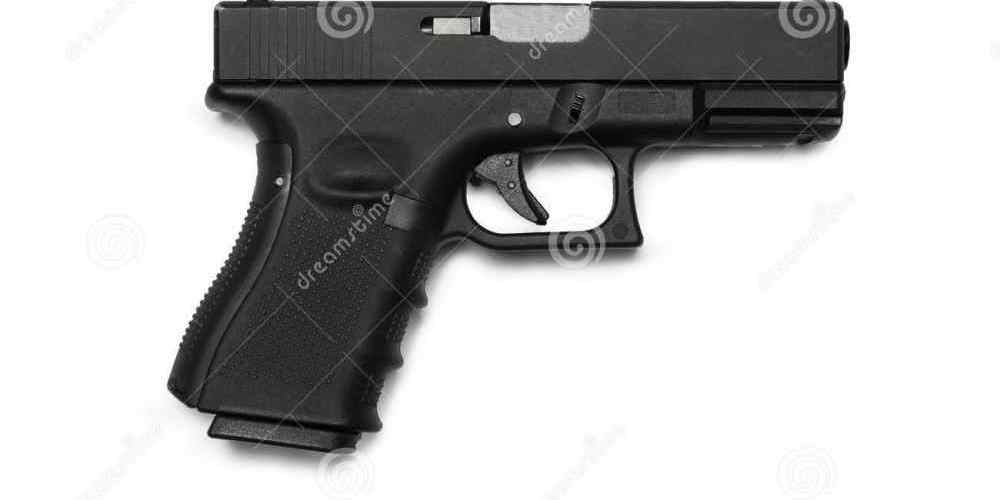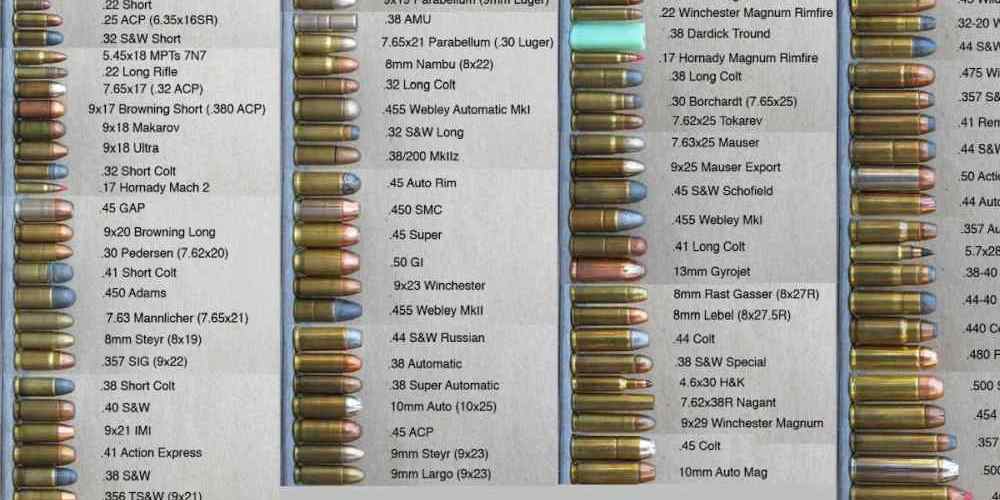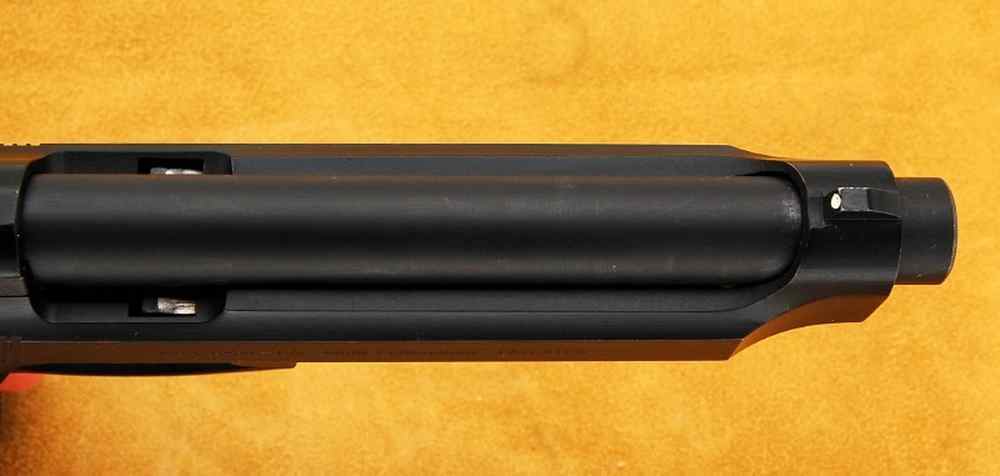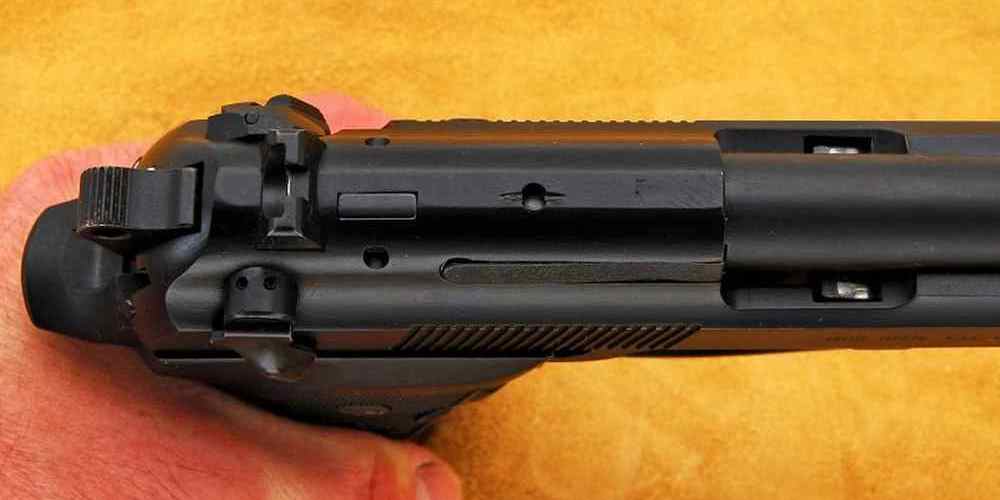“Stopping threats without collateral damage.”
Myth vs. Reality: Understanding Overpenetration in Self-Defense Ammo
When it comes to self-defense, choosing the right ammunition is crucial. One common concern that many gun owners have is the issue of overpenetration. Overpenetration occurs when a bullet passes through its intended target and continues on its trajectory, potentially causing harm to unintended targets. This has led to a lot of debate and confusion about the best type of ammo to use in self-defense situations.
One common myth that circulates among gun owners is that using hollow point ammunition will prevent overpenetration. While it is true that hollow point bullets are designed to expand upon impact, creating a larger wound cavity and reducing the risk of overpenetration, they are not foolproof. In some cases, hollow point bullets can still penetrate through the intended target and continue on their path.
Another misconception is that using frangible ammunition will eliminate the risk of overpenetration. Frangible bullets are designed to break apart upon impact with a hard surface, reducing the risk of ricochet and collateral damage. However, they may not be as effective at stopping an attacker as traditional ammunition, as they do not penetrate as deeply into the target.
It is important to understand that there is no one-size-fits-all solution when it comes to self-defense ammo. Different types of ammunition have their own pros and cons, and what works well for one person may not work as effectively for another. It is crucial to consider factors such as bullet weight, velocity, and design when choosing the right ammo for your needs.
One important factor to consider when selecting self-defense ammo is terminal ballistics. Terminal ballistics refers to how a bullet behaves upon impact with a target. Bullets that expand upon impact create a larger wound cavity and transfer more energy to the target, increasing the chances of stopping an attacker quickly.
Another factor to consider is barrier penetration. In a real-world self-defense situation, there may be obstacles such as walls or furniture that could come between you and your attacker. Some types of ammunition are better at penetrating barriers than others, so it is important to consider this when choosing ammo for self-defense.
Ultimately, the best way to prevent overpenetration in self-defense situations is through proper shot placement and training. By practicing regularly at the range and honing your marksmanship skills, you can increase your chances of hitting your intended target without causing harm to unintended targets.
In conclusion, overpenetration is a valid concern when it comes to self-defense ammo, but it is important not to get caught up in myths and misconceptions. By understanding the factors that contribute to overpenetration and choosing the right type of ammunition for your needs, you can minimize the risk of causing harm to unintended targets while still effectively stopping an attacker. Remember that proper training and shot placement are key factors in any self-defense situation.

The Science Behind Overpenetration and its Effects
Overpenetration is a topic that often comes up in discussions about self-defense ammunition. Many people have concerns about the potential dangers of overpenetration and how it can affect innocent bystanders in a self-defense situation. In this article, we will delve into the science behind overpenetration and its effects to provide a better understanding of this important issue.
Firstly, let’s define overpenetration. Overpenetration occurs when a bullet passes through its intended target and continues traveling through the air, potentially hitting objects or people behind the target. This can be a serious concern in self-defense situations where there are bystanders present who could be inadvertently injured by a stray bullet.
The likelihood of overpenetration occurring depends on several factors, including the type of ammunition used, the caliber of the bullet, and the velocity at which it travels. Hollow point bullets are designed to expand upon impact, which can help prevent overpenetration by causing the bullet to stop within the target. On the other hand, full metal jacket bullets are more likely to overpenetrate as they tend to retain their shape and continue traveling through the target.
Caliber also plays a role in determining the likelihood of overpenetration. Larger caliber bullets, such as .45 ACP or .357 Magnum, have more mass and energy behind them, which can increase the risk of overpenetration compared to smaller caliber bullets like 9mm or .380 ACP. Additionally, higher velocity rounds are more likely to overpenetrate as they have more energy and momentum to carry them through a target.
It’s important to note that while overpenetration is a legitimate concern, under-penetration can also be dangerous in self-defense situations. If a bullet does not penetrate deep enough into the target to reach vital organs or stop an attacker, it may not be effective in neutralizing the threat. Finding the right balance between penetration and expansion is crucial when selecting self-defense ammunition.
One way to mitigate the risk of overpenetration is to choose ammunition specifically designed for self-defense purposes. Many manufacturers offer hollow point rounds that are engineered to expand upon impact, creating a larger wound cavity while minimizing the risk of overpenetration. These rounds are often referred to as “self-defense” or “personal protection” ammo and are recommended for use in concealed carry firearms.
Another factor to consider when addressing overpenetration is shot placement. In a high-stress situation like a self-defense encounter, accuracy can be compromised, leading to shots that miss their intended target and potentially hit bystanders. Training regularly and practicing proper shot placement can help minimize the risk of overpenetration by ensuring that shots are on target and do not stray off course.
In conclusion, overpenetration is a valid concern in self-defense situations that should not be taken lightly. Understanding the factors that contribute to overpenetration and selecting appropriate ammunition can help reduce the risk of injuring innocent bystanders while effectively neutralizing threats. By choosing ammunition designed for self-defense purposes, practicing proper shot placement, and staying informed on best practices for self-defense, individuals can better prepare themselves for potential encounters where overpenetration may be a factor.
How to Choose the Right Self-Defense Ammo to Minimize Overpenetration
When it comes to choosing the right self-defense ammo, there are a lot of factors to consider. One of the most important factors to keep in mind is overpenetration. Overpenetration occurs when a bullet passes through its intended target and continues traveling, potentially causing harm to unintended targets. This is a serious concern for anyone using a firearm for self-defense, as the last thing you want is for your bullet to injure someone who was not a threat.
There are a few ways you can minimize the risk of overpenetration when selecting self-defense ammo. One of the first things to consider is the type of ammunition you are using. Hollow point bullets are designed to expand upon impact, which can help prevent overpenetration. These bullets are specifically engineered to transfer all their energy into the target, rather than passing through and hitting something else.
Another factor to consider is the weight of the bullet. Lighter bullets tend to have less penetration than heavier ones, so opting for a lighter bullet can help reduce the risk of overpenetration. However, it’s important to strike a balance between weight and stopping power – you don’t want to sacrifice effectiveness for the sake of reducing penetration.
In addition to the type and weight of the bullet, the velocity at which it travels can also impact overpenetration. Slower-moving bullets are less likely to penetrate as deeply as faster ones, so choosing a self-defense ammo with moderate velocity can help minimize the risk of overpenetration while still providing adequate stopping power.
It’s also worth considering the construction of the bullet itself. Some self-defense ammo is designed with features like bonded cores or jacketed hollow points, which can help control expansion and prevent overpenetration. These types of bullets are specifically engineered for self-defense scenarios and can provide peace of mind knowing that you’re using ammunition designed to minimize collateral damage.
Ultimately, the key to minimizing overpenetration in self-defense situations is choosing the right ammo for your needs. It’s important to do your research and select ammunition that strikes a balance between stopping power and penetration depth. Testing different types of self-defense ammo at the range can help you determine which option works best for you and your firearm.
Remember, when it comes to self-defense, your goal should always be to stop the threat while minimizing harm to innocent bystanders. By selecting self-defense ammo that is specifically designed to prevent overpenetration, you can feel confident knowing that you’re prepared to defend yourself and your loved ones in a responsible manner.
In conclusion, overpenetration is a serious concern when it comes to self-defense ammo. By choosing hollow point bullets, considering bullet weight and velocity, and opting for well-constructed ammunition, you can minimize the risk of overpenetration while still ensuring that you have effective stopping power when it matters most. Take the time to research and test different types of self-defense ammo to find the best option for your needs – it could make all the difference in a life-threatening situation.
Real-Life Cases of Overpenetration in Self-Defense Situations
Overpenetration in self-defense ammo is a hotly debated topic among gun enthusiasts and self-defense advocates. The term refers to the phenomenon where a bullet fired from a firearm passes through its intended target and continues traveling, potentially causing harm to bystanders or property. While overpenetration is a legitimate concern, it is essential to understand the factors that contribute to it and how to mitigate the risk in real-life self-defense situations.
One real-life case that highlights the dangers of overpenetration occurred in 2017 in Oklahoma City. A homeowner heard a noise in his backyard and grabbed his gun to investigate. When he encountered an intruder, he fired several shots, hitting the intruder multiple times. However, one of the bullets passed through the intruder and struck a neighboring house, narrowly missing a sleeping child. This incident underscores the importance of using self-defense ammo that is designed to minimize overpenetration.
Another case that exemplifies the risks of overpenetration took place in Chicago in 2015. A woman was being attacked by an armed assailant in her home when she fired her gun in self-defense. While she successfully stopped the attacker, one of the bullets penetrated through him and struck a neighbor who was walking outside at that moment. This tragic event illustrates the need for responsible firearm usage and ammunition selection to prevent unintended harm.
In both of these cases, overpenetration had serious consequences that could have been avoided with proper training and ammunition selection. When choosing self-defense ammo, it is crucial to consider factors such as bullet design, velocity, and terminal ballistics. Hollow point bullets are often recommended for self-defense purposes because they are designed to expand upon impact, transferring more energy to the target and reducing the likelihood of overpenetration.
Furthermore, using ammunition with lower velocities can help decrease the risk of overpenetration. High-velocity rounds are more likely to retain their momentum after striking a target, increasing the chances of passing through and causing collateral damage. By opting for slower-moving bullets, shooters can reduce the likelihood of overpenetration while still achieving effective stopping power.
It is also essential for individuals to practice proper shot placement and accuracy when using firearms for self-defense. A well-placed shot is more likely to incapacitate an attacker without excessive penetration than a poorly aimed one. Training regularly at the range and honing marksmanship skills can improve one’s ability to make effective shots under stress.
In conclusion, overpenetration is a serious concern in self-defense situations that can have devastating consequences if not addressed properly. By understanding the factors that contribute to overpenetration and taking steps to mitigate the risk, individuals can better protect themselves and others in real-life scenarios. Choosing appropriate self-defense ammo, practicing responsible firearm usage, and honing marksmanship skills are all crucial elements in preventing overpenetration and ensuring effective defense against threats. Stay safe and stay informed when it comes to selecting the right tools for your protection.
Tips for Proper Training to Reduce the Risk of Overpenetration
When it comes to self-defense ammunition, one of the biggest concerns for gun owners is the risk of overpenetration. Overpenetration occurs when a bullet passes through its intended target and continues on its trajectory, potentially causing harm to bystanders or damaging property. In a self-defense situation, the last thing you want is for your bullets to go through your attacker and hit someone else.
The truth is, overpenetration can be a real concern, especially in crowded or urban environments where there are a lot of people in close proximity. However, there are steps you can take to reduce the risk of overpenetration while still effectively stopping a threat.
One of the most important factors in determining whether a bullet will overpenetrate is the type of ammunition you use. Full metal jacket (FMJ) bullets are more likely to overpenetrate than hollow point or frangible rounds. FMJ bullets are designed to penetrate deeply and maintain their shape, making them more likely to pass through a target and keep going.
Hollow point bullets, on the other hand, are designed to expand upon impact, creating a larger wound channel and transferring more energy to the target. This expansion helps to slow the bullet down and reduce the chances of overpenetration. Frangible rounds are designed to break apart upon impact, further reducing the risk of overpenetration.
Another important factor in preventing overpenetration is shot placement. In a high-stress situation like a self-defense scenario, it can be easy to miss your target or hit in a non-vital area. Proper training and practice can help ensure that you are able to place your shots where they will be most effective at stopping the threat without going through your attacker.
Training with your chosen self-defense ammunition is crucial for developing the skills and muscle memory needed to make quick and accurate shots under pressure. Practice drawing from concealment, acquiring your sights, and firing controlled shots on target. Incorporating movement drills and shooting from different positions can also help prepare you for real-world scenarios where overpenetration could be a concern.
In addition to training with your firearm, it’s important to understand the ballistic characteristics of your chosen ammunition. Different types of ammunition will perform differently in terms of penetration and expansion. Testing your chosen self-defense rounds in ballistic gelatin or other mediums can give you an idea of how they will perform in real-world situations.
Ultimately, there is no one-size-fits-all solution when it comes to choosing self-defense ammunition that balances stopping power with the risk of overpenetration. It’s important to consider your environment, your skill level, and your comfort with different types of ammunition when making this decision.
By selecting appropriate self-defense ammunition, training regularly with your firearm, and practicing proper shot placement, you can reduce the risk of overpenetration while still being prepared to defend yourself in a dangerous situation. Remember that self-defense is about stopping the threat while minimizing collateral damage – choosing the right tools and training properly can help you achieve that goal.







